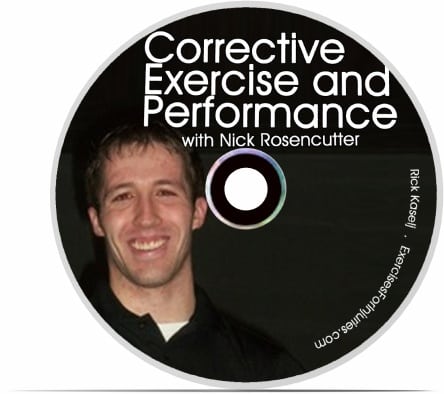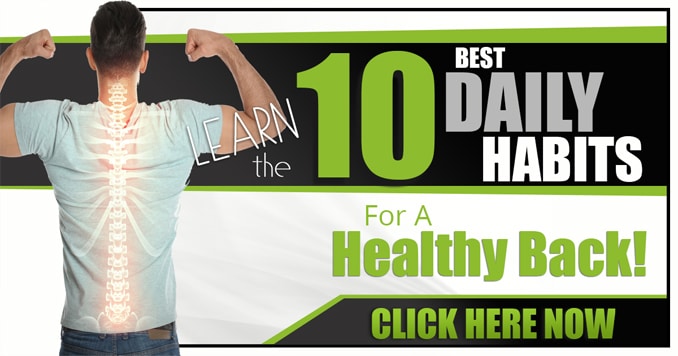
Corrective exercise and performance is a fast-growing industry, showing no signs of slowing down anytime soon. What’s so special about it? Corrective exercise deals with the unique needs of each individual, and performance focuses on improving their athletic achievements through specific movements or exercises. Both industries have grown exponentially because they address problems people struggle to overcome daily. Everyone struggles with mobility issues, strength deficiencies, faulty movement patterns, and other physical weaknesses to a greater or lesser extent. Corrective exercise and performance are both critical in today’s society.
What is Corrective Exercise?
Medical professionals developed a corrective exercise to help patients regain strength and movement after an injury or surgery. A corrective exercise is a form of exercise that improves a person’s posture, range of motion, and power. It also relieves pain from existing issues.
Corrective exercise can treat various issues, including but not limited to low back pain, scoliosis, shoulder pain, knee pain, neck pain, and tennis elbow. While each type of corrective exercise is unique, the general goal is to improve the quality and mobility of a person’s joints and surrounding soft tissues.
There are many different forms of corrective exercise, including, but not limited to, stretching, yoga, pilates, remedial exercise therapy, and more. The activities may vary, including stretching, strength training, posture correction exercises, and more. Corrective exercise specialists often tailor exercises to the individual, meaning a single person may perform various activities to treat their specific issues.
What’s the Difference Between Corrective Exercise and Performance?
Corrective exercise and performance enhancement involve using exercise to improve some aspect of a person’s health or ability. However, the goals and types of activities used are very different.
Corrective exercise and performance enhancement are critical to society and the health of individuals. Corrective exercise corrects current issues, such as posture problems, joint stiffness, weakness, and more. Performance enhancement, on the other hand, improves something, such as strength, speed, endurance, and more.
Corrective exercise and performance enhancement are two different ways of improving your health through exercise. While they are both important, they each have their pros and cons. Corrective exercise corrects current issues, such as posture problems and joint stiffness.
What’s the Difference Between Corrective Exercise and Performance? Corrective exercise and performance enhancement are two different ways of improving your health through exercise. Performance enhancement is used to enhance a person’s athletic abilities.
I’ll be back with you today with an interview. Today it is on corrective exercise and performance.
I’ve been on EFI with Nick Rosencutter before. His work on corrective exercise and performance was prevalent, so I want to be able to go into things in more depth with him.
I am also excited that Nick is one of the contributors to the next edition of Muscle Imbalances Revealed, which will be published on July 31.
Let’s get to the interview.
Enjoy the interview!
CLICK HERE to listen to the interview with Nick Rosencutter on Corrective Exercise and Performance.
What Nick Rosencutter Shares in the Interview:
- Who is Nick Rosencutter?
- What is his definition of corrective exercise?
- How to incorporate corrective exercise within an exercise program?
- What is classified as corrective exercise?
- He shares his dream of having his fitness facility and tips on how to own one.
- What is the most important thing he learned in owning a gym?
- Few corrective exercises nuggets he forgot to mention
- What are the things that fitness professionals should consider when it comes to starting their facility?
A few things you need to know about listening to the interview:
- At the bottom of this page, you will find the play button symbol to listen to the discussion. If you don’t have time to listen to it now, click the ‘download’ button to save it to your computer. You can then listen to it whenever you like on your computer.
- You can also find the interview on iTunes. Just click on the link to listen to it or to subscribe to the iTunes podcast and get all the interviews as they are released. Enjoy!
- Chrome sometimes acts up when playing the interview. I recommend listening to the discussion in another web browser (Firefox, Safari, Internet Explorer, etc.).
- Here is a video explaining how to download the interview recording
Fitness professionals worldwide can benefit from learning about neat specializations or business information that might be of interest. Please contact me if you are interested in sharing this information with the EFI community.
If you know of a fitness professional that may benefit from this, please forward it to them.
Take care.
Rick Kaselj, MS
P.S. – If you liked this kind of interview, here are some other discussions that may help you:


